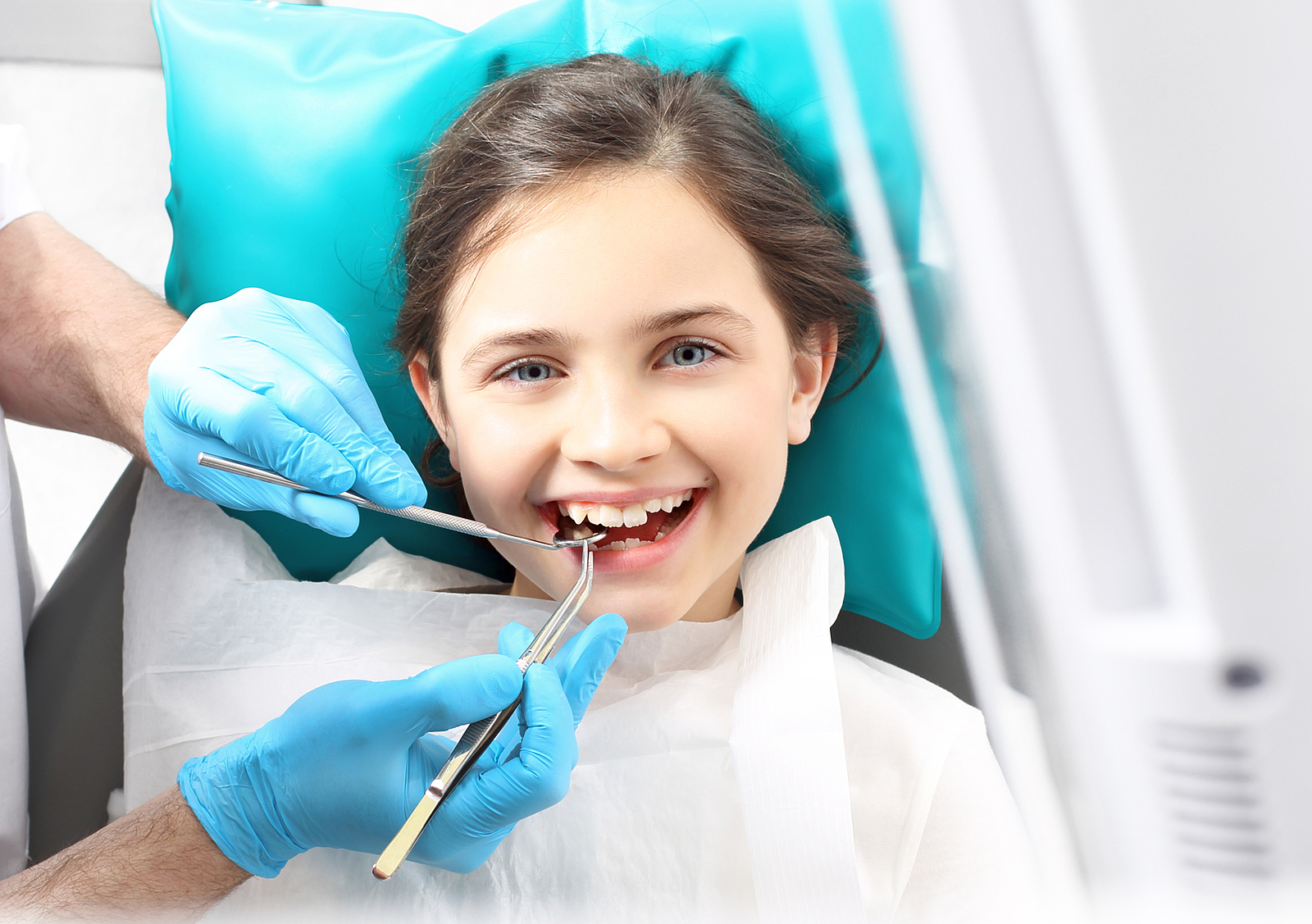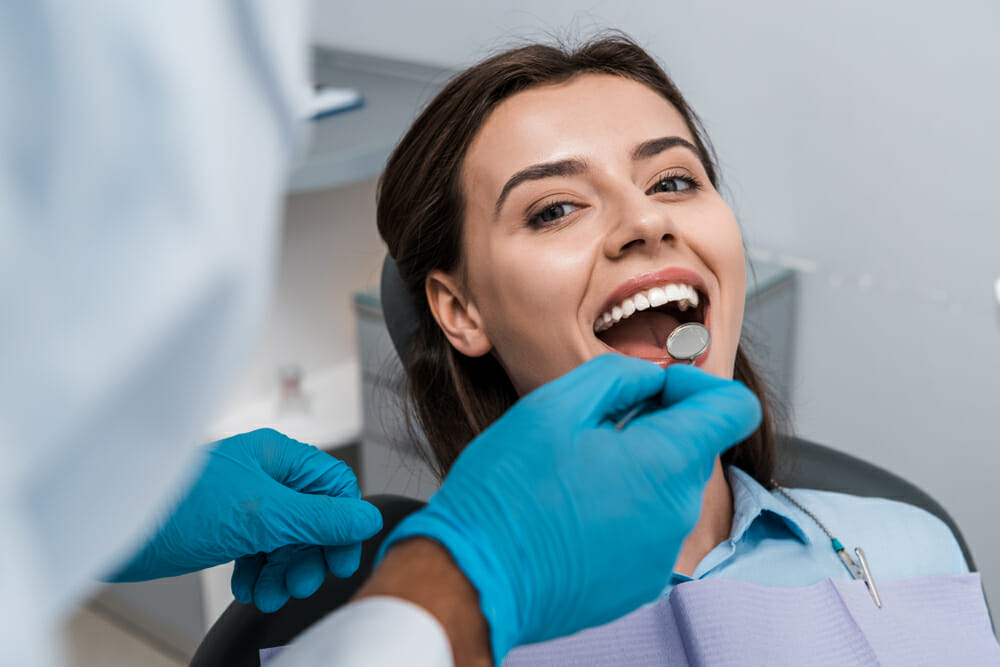All About Legacy Orthodontics
All About Legacy Orthodontics
Blog Article
The Facts About Legacy Orthodontics Uncovered
Table of ContentsSome Ideas on Legacy Orthodontics You Need To KnowAll About Legacy OrthodonticsGetting My Legacy Orthodontics To WorkIndicators on Legacy Orthodontics You Need To Know3 Simple Techniques For Legacy Orthodontics
In addition, we offer flexible treatment timetables, versatile repayment options and an enjoyable, satisfying experience.An orthodontist is a dental professional educated to identify, protect against, and deal with teeth and jaw irregularities. They correct existing conditions and are trained to recognize problems that may create in the future. Orthodontists deal with individuals of every ages, from youngsters to grownups. People often connect a best smile with health.
Malocclusion, or misaligned teeth, can cause oral problems, including dental caries, periodontal condition, and hard or unpleasant eating. However not everyone is born with straight teeth. If you have a bad bite or large rooms in between your teeth, you might want to consult a dental professional concentrating on orthodontic treatment.
Fascination About Legacy Orthodontics
( Photo Credit Score: DigitalVision/Getty Images) Orthodontists use repaired and removable dental devices, like braces, retainers, and bands, to change the position of teeth in your mouth. Orthodontic therapy is for oral problems, including: Crooked teethBite problems, like an overbite or an underbiteCrowded teeth or teeth that are also much apartJaw misalignmentThe goal of orthodontic treatment is to improve your bite.
A healthy bite ensures you can eat, chew, and speak appropriately. While you might assume of orthodontists as primarily for kids or teenagers that need dental braces, they can remedy oral troubles at any kind of age. Orthodontists go to college, dental college, and orthodontic institution. After graduation, they spend 2 or 3 years in an orthodontic residency program.
All orthodontists are dental practitioners, but not all dental experts are orthodontists. Orthodontic residency programs supply intensive, concentrated direction for oral specialists. They focus on two locations: Just how to appropriately and securely move teeth How to effectively lead growth in the teeth, jaw, and faceOnce an orthodontist has actually completed training, they have the option to come to be board licensed.
The 4-Minute Rule for Legacy Orthodontics
Misalignment, or malocclusion, is one of the most usual factor individuals see an orthodontist. It is hereditary and is the result of size differences between the top and lower jaw or between the jaw and teeth. Malocclusion results in tooth overcrowding, a twisted jaw, or uneven bite patterns. Malocclusion is usually treated with: Your orthodontist attaches metal, ceramic, or plastic square bonds to your teeth.
Some individuals need a headgear to help relocate teeth into line with stress from outside the mouth. A retainer is a personalized device that maintains your teeth in area.
They're usually used on children. They can develop extra space in the mouth without needing to draw teeth. If you have a serious underbite or overbite, you might require orthognathic surgical procedure (likewise called orthodontic surgical procedure) to extend or shorten your jaw. Orthodontists make use of cables, surgical screws, or plates to support your jaw bone.
You may require to see an orthodontist if you have: Crowding or otherwise adequate area for every one of your teethOverbite, when your upper teeth come over your bottom teethUnderbite, when your base teeth are as well far forwardSpacing or problems with gapsCrossbite, which is when your upper teeth fit behind your base teeth when your mouth is closedOpen bite or a vertical gap in between your front base and upper teethMisplaced midline, when the center of your base and upper teeth do not align Remedying a dental malocclusion can: Make biting, eating, and talking easierImprove the balance of our face and your total appearanceEase pain from temporomandibular joint problemsDifferent your teeth and make them easier to cleanse, helping protect against dental cavity or dental caries It's often a dental professional that first notifications misaligned teeth throughout a regular exam.
What Does Legacy Orthodontics Mean?

During your first orthodontic consultation, you'll likely have: A dental examPhotos taken of your face and smileDental X-raysPanoramic (360 level) X-rays of your face and headImpressions to produce molds of your teethThese examinations will help your orthodontist recognize just how to proceed with your treatment. clear braces. An orthodontist is a dental expert who's had training to treat your teeth and jaw
An orthodontist is focused on your bite, so something like a broken tooth would certainly be handled by a dental expert. Orthodontists are focused on your bite, or the method your teeth fit together, and the straightness of your teeth.
Ever asked yourself how stars always seem to have completely aligned teeth? Orthodontists are oral specialists that concentrate on fixing abnormalities in the teeth and jaws.
The Single Strategy To Use For Legacy Orthodontics

, orthodontists have a diverse toolkit at their disposal. These tried-and-true braces use a system of braces adhered to the teeth and linked by cords.
Clear aligners, like Invisalign, are a popular see this page option for people seeking an extra discreet treatment choice. These removable trays are customized to gradually shift the teeth's placement. Headwear might be utilized in combination with braces or aligners to apply added targeted forces, particularly for correcting jaw inconsistencies. In cases of slim jaws, palatal expanders can be made use of to create area for appropriate tooth positioning.
Report this page